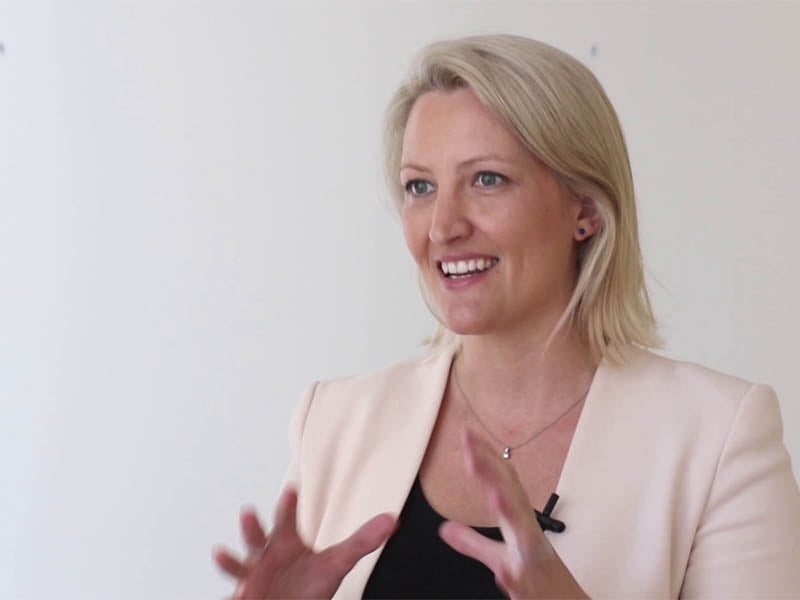A key reason that Australia has attained the famed capability level of “punching above our weight” in relation to drone technologies – and autonomous robots – has been the forward-looking strength of our regulatory environment.
Aviation is a heavily regulated industry and drones are – very often – things that fly. If the regulator did not have the ability to look into the future, the fast-growing commercial application of drone tech would have been stymied in this country.
“As with all emerging technologies, [drones and robotics] are not limited by academic capability, but what they can be limited by is regulatory capability,” said Catherine Ball, an associate professor in engineering at the Australian National University and co-creator of the World of Drones and Robotics Congress.
In this episode of the Commercial Disco, Dr Ball talks about Australia’s strengths in drone technology, as well as the industry 5.0 movement – described as tech with purpose – as well as the need to secure university research funding.

Australia was the first place in the world to formalise drone regulation through its airspace regulator CASA (Civil Aviation Safety Authority) and the sector has not looked back in this country. (It is worth noting that the opposite has been the case in the space sector, where Australia has been a laggard in producing a regulatory environment, which has been an obstacle for the local space sector, particularly for building launch capability)
“As soon as you create the regulatory environment, then businesses flourish. Because they then have a business model which people can apply, rather than just being involved in the research and development,” Dr Ball told InnovationAus.
“If there is one thing that frustrates me around some of the R&D in Australia were not good at the … commercialisation.”
Without a regulatory capability, as a business it’s hard to get things like insurance, making regulation a fundamental building block to investment. In Australia, we know that Alphabet subsidiary Wing carried out the first delivery via a prototype drone to a farmer in 2014 and is currently running commercial drone deliveries in a pilot test in a Canberra.
Airbus and Facebook has been trialling drones in Western Australia. There is a lot of activity in this new market.
Dr Ball said the creates of the World of Drones Congress – now in its fifth year – had added “and Robotics” was because of flourishing commercial activity in the sector.
“All drones are robots, but not all robots are drones. The reason we added the robotics element to the Congress is that we have seen the drone industry mature to the point where we are seeing a l ot of acquisition activity,” she said.
Robot companies are buying drone companies. Car companies are buying drone companies. Flying taxis are coming, Dr Ball says. They’re real.
Drones have been used in bushfires – to help with the fight, to scope damage, to search for wildlife and do food drops – and in shark detection, crocodile detection, and by indigenous rangers in protecting turtle’s nesting in Australia’s north.
Drones don’t just fly. They also sale and they crawl. Sail drones are collecting environmental data over long periods on the ocean, there are submersible drones mapping the ocean floor.
“And now we have a drone on Mars in Ingenuity, or Ginny as she is known at NASA/JPL where she was created.”
Dr Ball is urging board directors across industries to “get educated” on the rapid rise of drone technology, because of the opportunity it presents in Australia.
“These technologies are going to be business as usual in the next five years. Soon we will be eating fruit and vegetables that have never been touched by a human hand.
“Anything you can think of really, there is a robot somewhere that can pick it. Pick it, pack it and put it on your plate,” she said. “And Australia is the best in the world at some of these things.”
Do you know more? Contact James Riley via Email.

